 Health preservation, also known as health maintenance or Daoist health cultivation, refers to the methods and philosophies aimed at protecting and enhancing life. It encompasses all practices beneficial to physical and mental health, such as diet, exercise, breathing, and emotional regulation.
Health preservation, also known as health maintenance or Daoist health cultivation, refers to the methods and philosophies aimed at protecting and enhancing life. It encompasses all practices beneficial to physical and mental health, such as diet, exercise, breathing, and emotional regulation.
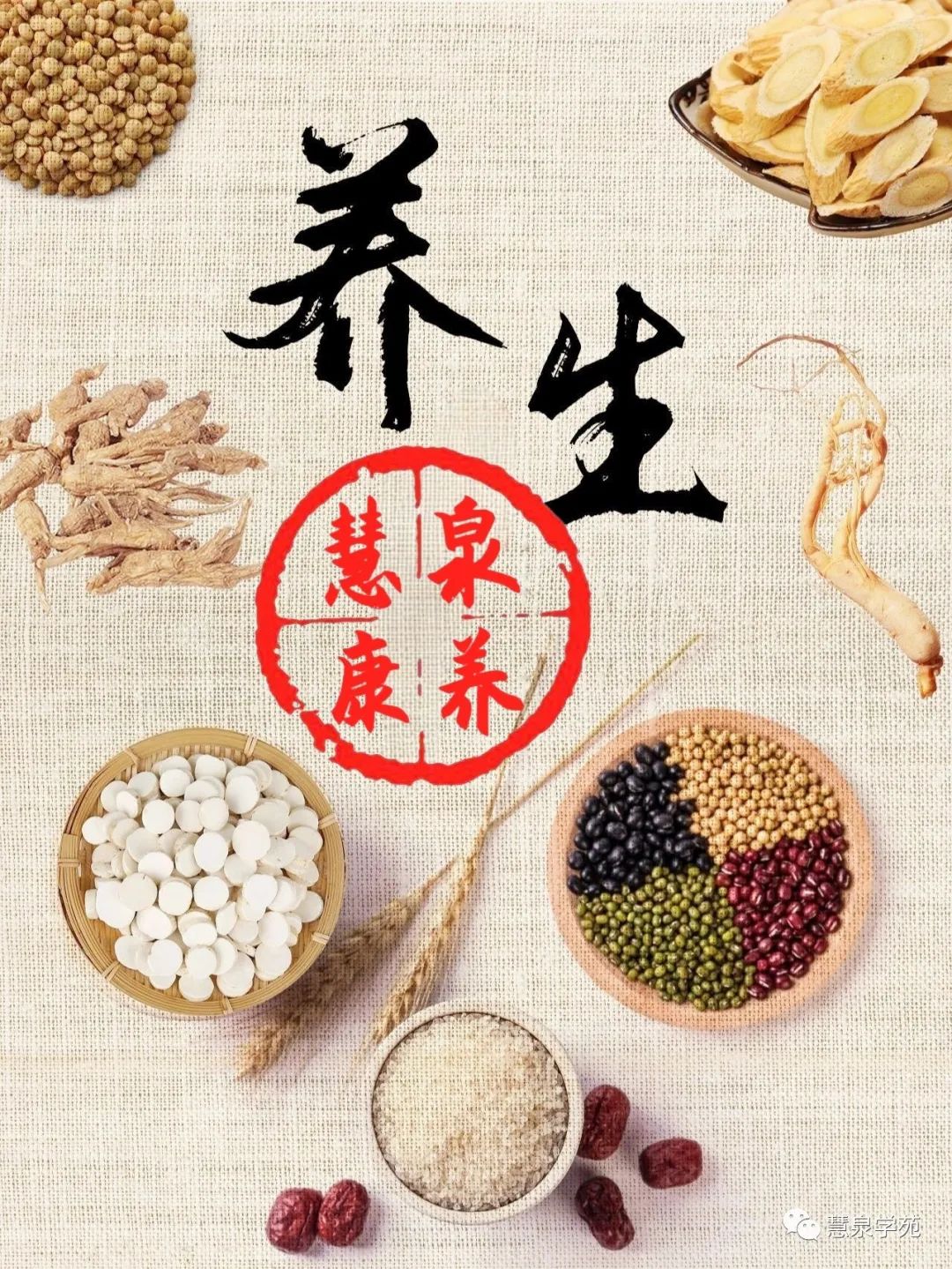
During the Pre-Qin period, three academic schools focused on health preservation: the health preservers, life respecters, and holistic life practitioners, each with distinct academic positions and concepts. Health preservation is a broad concept, not limited to specific methods or techniques. It represents a comprehensive health philosophy aimed at helping individuals protect and enhance their physical, mental, and social well-being through various behaviors and methods. These behaviors can include diet, exercise, rest, breathing, and emotional regulation. In the process of health preservation, individuals need to pay attention to their physical and mental health and take appropriate measures to maintain balance. Health preservation is not just a method; it is a lifestyle and philosophy that emphasizes the importance of cherishing life, focusing on health, and taking proactive actions to protect and enhance one’s vitality. In a narrower sense, health preservation refers specifically to the academic stance of the health preservers among the three schools, which emphasizes protecting and enhancing vitality through specific methods and techniques, such as regulating breathing, diet, and emotions. These methods are based on certain philosophies and theories, validated through long-term practice. Health preservation is a beneficial approach and philosophy for physical and mental health, encompassing the ideas of the Pre-Qin health preservers, life respecters, and holistic life practitioners. It includes various aspects such as diet, exercise, breathing, and emotional regulation, aiming to help individuals maintain physical, mental, and social health. Health preservation is not merely a method; it is a lifestyle and philosophy that emphasizes cherishing life, focusing on health, and taking proactive actions to protect and enhance one’s vitality.
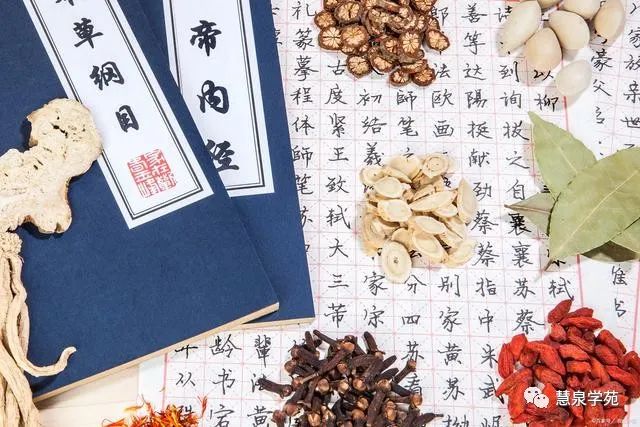
“Health cultivation” first appeared in the Dao De Jing, Chapter 50, which states: “It is said that those skilled in health cultivation can walk on land without avoiding rhinoceroses and tigers, and enter armies without being harmed by weapons. Rhinoceroses cannot use their horns to strike them, tigers cannot attack them with their claws, and weapons cannot pierce them. Why does this happen? Because their bodies have no fatal weaknesses.” In this context, “health cultivation” refers to nurturing the body to achieve long-lasting health. Laozi believed that a person skilled in health cultivation can not only avoid danger but also maintain health and resist disease. Such individuals can face difficulties and challenges with greater composure and confidence. To achieve health cultivation, Laozi proposed several principles. First, avoid excessive depletion of vital energy and maintain sufficient original qi (元气, yuanqi). Second, pay attention to dietary and daily routines to maintain health. Third, engage in appropriate exercise and physical activity to enhance immunity and resistance. Fourth, maintain a cheerful disposition and avoid emotional fluctuations that could impact health. These principles are not only significant in ancient times but are also applicable today. For instance, modern medicine emphasizes maintaining a healthy lifestyle, including balanced diet, moderate exercise, adequate sleep, and a positive mindset. These methods can help us maintain physical health, prevent disease, and improve quality of life. “Health cultivation” is a topic that everyone should pay attention to. By following the correct lifestyle and health preservation principles, we can maintain physical health, improve quality of life, and embrace a brighter future.
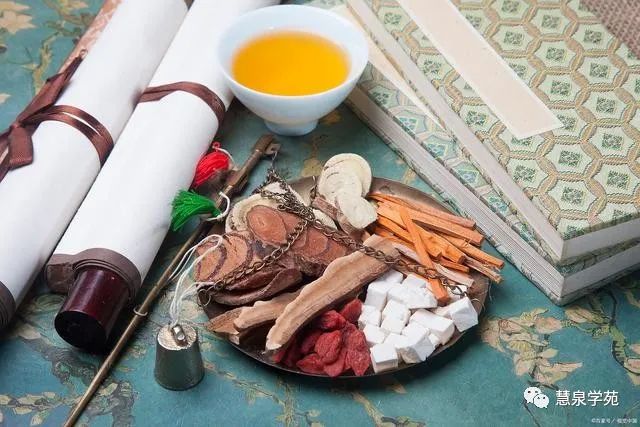
The term “health preservation” first appeared in Zhuangzi’s “Health Preservation Master,” occurring three times in the “Inner Chapters: Health Preservation Master,” “Miscellaneous Chapters: Letting Go of the King,” and “Outer Chapters: Achieving Life.” However, its meaning does not completely align with the modern concept of health preservation. In modern times, health preservation typically refers to various methods to promote physical health, prevent disease, enhance physical fitness, and regulate mental well-being. In Zhuangzi, health preservation more often refers to how to harmonize with nature, achieve the unity of heaven and humanity, and maintain inner peace and tranquility. One of the most familiar stories is that of “Cook Ding carving an ox.” In the “Inner Chapters: Health Preservation Master,” after hearing Cook Ding’s discourse on carving oxen, Lord Wen Hui said, “I have learned health preservation from Cook Ding.” Here, “life” refers to the people’s rest and recuperation. Lord Wen Hui realized that as a ruler, he should govern the country as Cook Ding skillfully carves the ox, allowing the people to rest and recuperate, leading to a prosperous nation. The health preservation methods advocated by Zhuangzi are not merely about physical exercise and dietary regulation; they emphasize inner cultivation and spiritual adjustment. He stressed the importance of maintaining inner peace and tranquility, not being deceived by external splendor, and focusing on internal practice and self-improvement. At the same time, he advocated for following natural laws and harmonizing with nature to achieve physical and mental health and longevity. Health preservation is a comprehensive concept that includes both physical and spiritual cultivation. In today’s fast-paced, high-pressure society, health preservation is even more crucial. By employing various methods to relax the body and mind and adjust our pace, we can not only improve physical health but also enhance mental well-being, enabling us to better face life’s challenges.
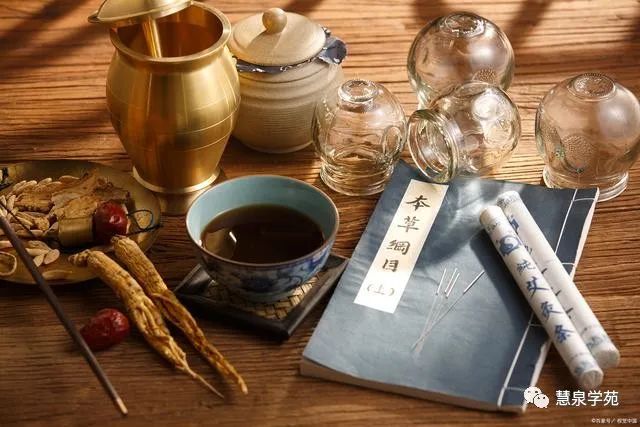
In fact, Zhuangzi often used the term “nurturing form” when discussing the significance of health preservation. For example, in the “Outer Chapters: Carving Intent,” it is recorded: “Breath in and out, expelling the old and taking in the new, imitating the movements of bears and birds, this is merely for longevity. This path is favored by those who guide and nurture their forms, such as Pengzu, who is known for longevity.” This passage describes maintaining the body through guiding, breathing, and imitating animal movements to achieve longevity. This perspective of “nurturing form” resonates with modern health preservation concepts. Additionally, the “Lüshi Chunqiu: Regulating Mourning” mentions: “Those who understand life do not harm life; this is called health preservation.” This means that the correct path of health preservation should not harm life but should protect and nourish it. This viewpoint closely aligns with modern health preservation principles, emphasizing the importance of maintaining physical health and prolonging life. Both Zhuangzi and Lüshi Chunqiu explore the path of health preservation from different angles, with the concept of “nurturing form” and the idea of protecting life resonating with modern health preservation concepts. This further confirms the connection between ancient culture and modern health preservation principles, providing valuable intellectual resources for a better understanding of the path of health preservation.
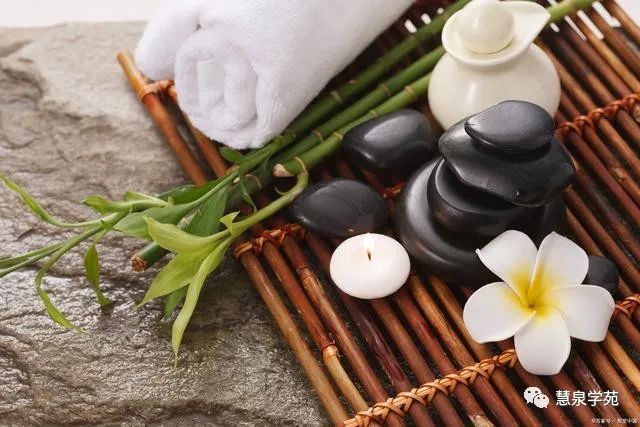
Ji Kang, in his famous “Treatise on Health Preservation,” provided a profound definition of “health preservation”: “A gentleman knows that the body is the host of the spirit, and the spirit relies on the body for existence. He understands that physiological balance is easily lost, and a single mistake can endanger life. Therefore, they cultivate their temperament to preserve the spirit, calm the mind to protect the body, allowing neither love nor hatred to linger in the heart, nor sorrow or joy to leave a mark in consciousness, remaining indifferent and desireless, thus harmonizing the internal breath. At the same time, through breathing exercises and nourishing food, they ensure the harmony of body and spirit.” According to the definition in the “Ciyuan,” health preservation is “nurturing body and mind to maintain health and prolong life.” This definition emphasizes both aspects of health preservation: on one hand, “nurturing the mind” involves maintaining inner peace and tranquility, avoiding excessive emotional fluctuations and psychological stress to preserve mental health; on the other hand, “nurturing the body” involves maintaining physical health through proper diet, appropriate exercise, and good lifestyle habits. These two aspects are interrelated and mutually influential; only by achieving harmony of body and spirit can one reach the highest realm of health preservation. There are many methods and techniques for health preservation, such as regulating breath through breathing exercises, practicing yoga and Tai Chi for physical and mental training, maintaining good dietary habits for physical health, and ensuring adequate sleep for recovery of spirit and energy. These methods and techniques aim to help us achieve physical and mental health and prolong life. Health preservation is a multifaceted concept that involves not only physical health but also psychological balance and spiritual tranquility. Only through comprehensive health preservation methods and techniques can we achieve physical and mental health and prolong life.
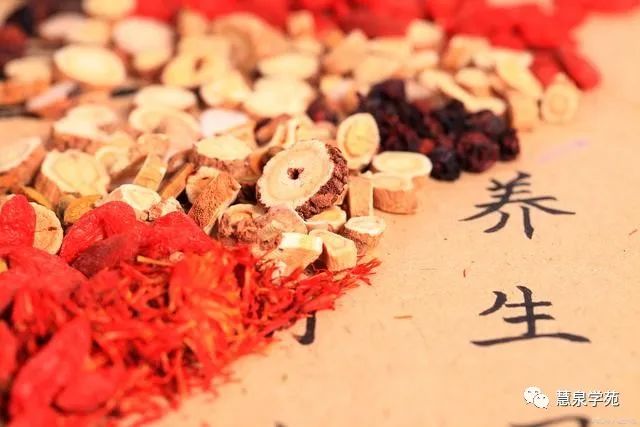
Health preservation and health care are two concepts that are often confused but have different meanings. In the medical field, health care refers to the comprehensive measures taken by individuals and groups that combine medical prevention and health protection, a concept that emerged after modern Western medicine was introduced to China. In contrast, the term health preservation has a long history and is part of our traditional Chinese culture. Health preservation refers to maintaining and enhancing physical health and preventing disease through various methods in daily life. It emphasizes individual self-maintenance and enhancement of physical and mental health, focusing on comprehensive adjustments in lifestyle, dietary habits, and exercise. The goal of health preservation is to pursue health, longevity, and improved quality of life. Rehabilitation is another concept that focuses on preventing disabilities and minimizing their impact. The goal of rehabilitation is to help individuals with physical damage or functional impairments restore some or all of their bodily functions, enabling them to reintegrate into society and live independently. Although health preservation and rehabilitation share similarities, such as both aiming to maintain and enhance physical health and prevent disease, their focus differs. Health preservation emphasizes prevention and long-term health maintenance, while rehabilitation focuses on restoring already existing physical damage or functional impairments. Overall, while health preservation, health care, and rehabilitation have overlapping aspects, each has its unique meaning and focus. In daily life, we should adopt appropriate measures based on our needs and circumstances to maintain and enhance our physical and mental health.
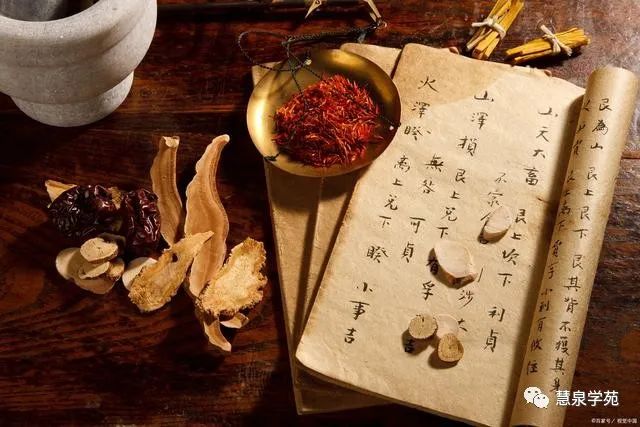
Before the publication of the Huangdi Neijing, knowledge of health preservation in China was scattered among various schools of thought, closely linked to traditional Chinese culture. However, due to the lack of guidance from TCM theory, this knowledge could not be termed TCM health preservation but should be referred to as traditional Chinese health preservation. Therefore, it can be said that TCM health preservation initially developed in conjunction with traditional Chinese health preservation. The establishment of TCM health preservation theory has profound social, philosophical, and medical backgrounds. In terms of social background, with the development of society and the continuous growth of the population, people began to pay more attention to health and longevity, seeking various methods to prevent and treat diseases. In terms of philosophical background, the thoughts of Daoism, Confucianism, and Mohism permeated the medical field, significantly influencing the formation of TCM health preservation theory. In terms of medical background, with the accumulation of medical knowledge and practical experience, people gradually recognized the interactions between internal organs and the influence of the external environment on the human body, providing a foundation for the establishment of TCM health preservation theory. It is the combined effect of these background factors that has allowed TCM health preservation theory to form and develop. In TCM health preservation theory, human health is viewed as a manifestation of the balance of yin and yang, the smooth flow of qi and blood, and the coordination of the internal organs, with the key to maintaining health lying in following natural laws, maintaining good lifestyle habits, regulating emotions, having a balanced diet, and engaging in moderate exercise.
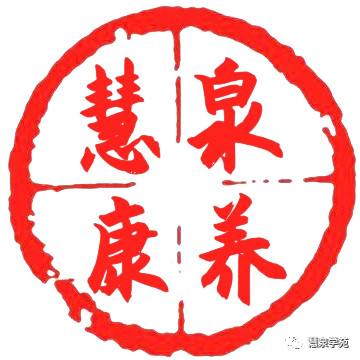
Moreover, TCM health preservation theory emphasizes the importance of disease prevention, proposing the concept of “preventing disease before it occurs,” which aims to achieve health and longevity through various methods to prevent the onset of disease.
Disclaimer: Images are sourced from free licensed image libraries. If there is any infringement, please contact for removal.
Click the text below to learn more exciting content: World’s Most Peculiar Education—Traditional Chinese Medicine Promote TCM Culture for the Health of the People Intangible Cultural Heritage—Bai Cao Tong Jing Huo Luo Non-heritage Bai Cao Tong Luo Shaolin Zhe Quan Tang: Spreading TCM Culture, Leading a Healthy Life Non-heritage Bai Cao Tong Luo Shaolin Zhe Quan Tang Nine Home Remedies Non-heritage Inheriting TCM Adjustment Therapy—Nine Methods for Cervical Spine Realignment
